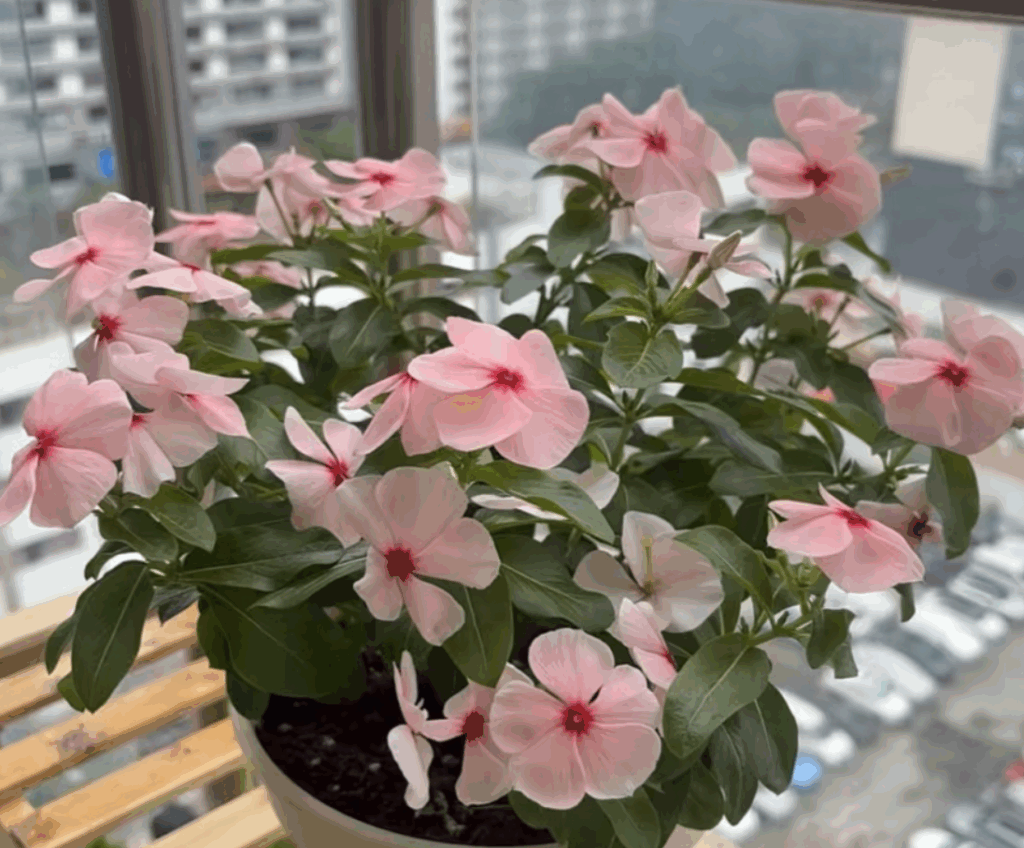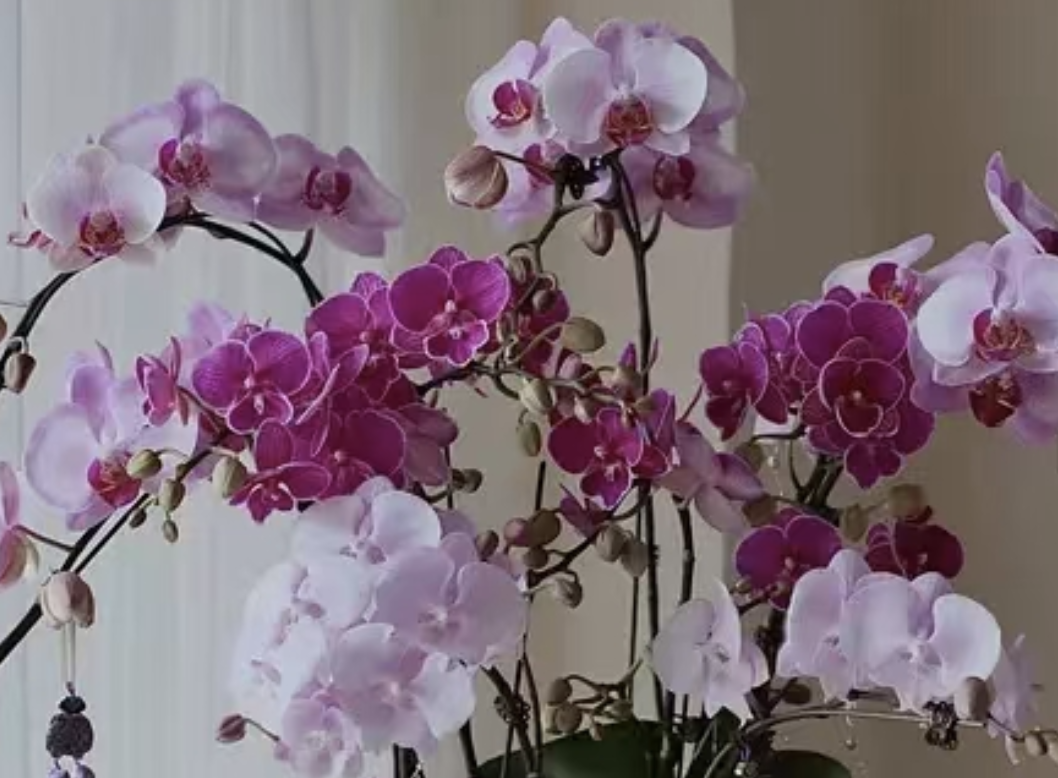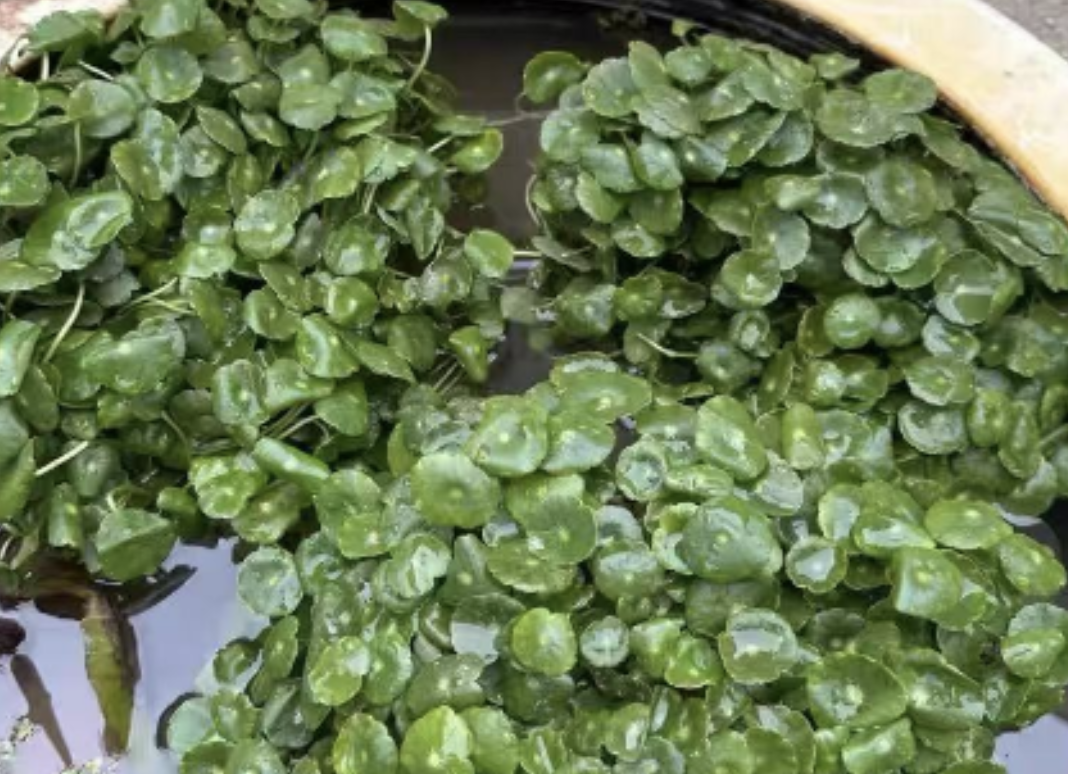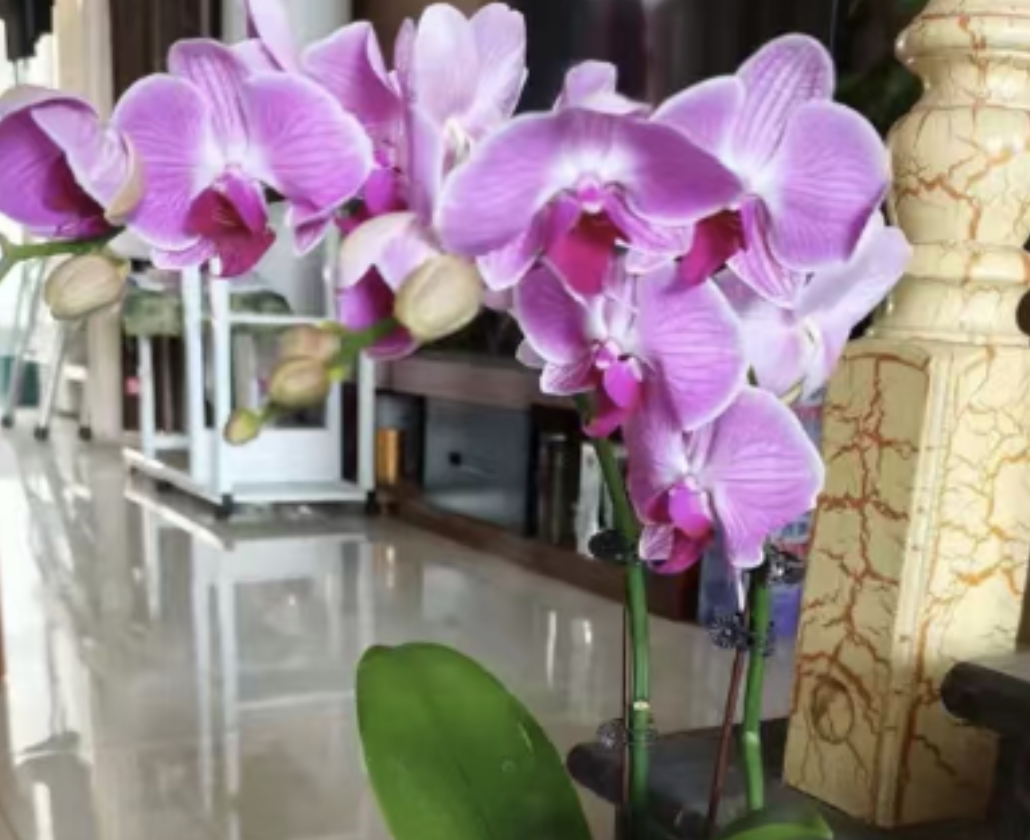For many flowers, July and August can be challenging months — just a little neglect and they can wilt or die under the scorching sun. But in the plant world, there are always exceptions: some flowers actually thrive in the heat, and August is their peak blooming season.

Bougainvillea
Also known as the paper flower, bougainvillea is native to South America. It is beloved by gardeners for its heat tolerance and abundant blooms. Interestingly, its bract color changes with temperature, ranging from cherry red to pinkish green to deep red.
Care Tips:
Bougainvillea typically blooms from November through the following April, and with proper care it can flower for up to 300 days a year. It requires at least six hours of direct sunlight daily, so it’s best placed outdoors on a sunny balcony. Water sparingly — this plant is drought- and heat-tolerant, so even long periods without water won’t harm it much. Water thoroughly only when the leaves start to droop.
Geranium
Geraniums have become a popular recommendation from many flower shop owners in recent years thanks to their long blooming period, vibrant colors, and compact potted size. While many flowers stop blooming in July and August, geraniums are in full bloom at this time and even emit a unique scent that can help repel mosquitoes.
Care Tips:
As long as temperatures stay below 35 °C (95 °F), geraniums can be kept on a sunny balcony. If temperatures exceed this, provide shading. In hot and humid weather, make sure to increase ventilation. Water only after the soil has completely dried out, and always pour away any excess water that collects in the saucer to prevent root rot.
Madagascar Periwinkle (Vinca)
Madagascar periwinkle is a top seller at the Dounan Flower Market in Kunming because it is extremely easy to care for. Once it starts blooming, it produces an abundance of small, delicate flowers, with a flowering period that can last year-round — even 365 days nonstop under the right conditions.
Care Tips:
This plant loves full sun and needs at least four hours of direct light per day. In low-light conditions, you can use grow lights to extend the photoperiod. Keep the soil consistently moist but avoid waterlogging.





Leave a Reply